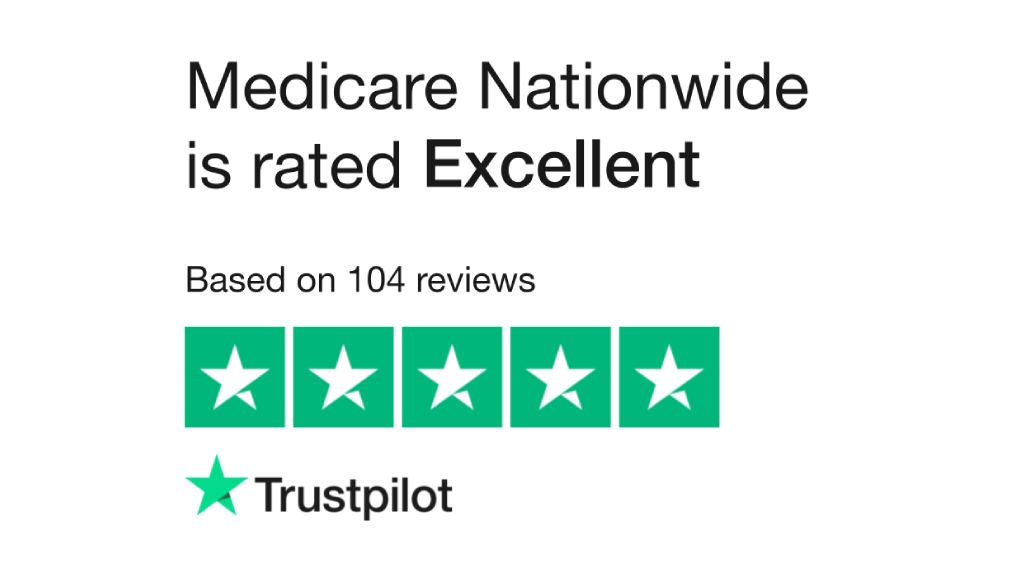When people turn 65 in the United States, they usually qualify for Medicare, a government health insurance program. There are two main ways to get Medicare coverage: Original Medicare and Medicare Advantage plans. Medicare Advantage plans are offered by private companies and include everything that Original Medicare covers, plus sometimes extra benefits. This article will help you understand the pros and cons of Medicare Advantage plans so you can decide if they are good or bad for you.
What Are Medicare Advantage Plans?
Medicare Advantage plans, also called Part C, are an alternative to Original Medicare (Part A and Part B). These plans are offered by private insurance companies approved by Medicare. They provide all the benefits of Original Medicare and often include additional services such as:
Prescription drug coverage (Part D)
- –Vision care
- Dental care
- Hearing aids
- Fitness programs
- Pros of Medicare Advantage Plans
- All-in-One Coverage
Medicare Advantage plans combine different types of coverage into one plan. This means you don’t need separate plans for hospital insurance, medical insurance, and prescription drugs. Having all your coverage in one plan can be simpler and more convenient.
Extra Benefits
Many Medicare Advantage plans offer benefits that Original Medicare does not, such as vision, dental, and hearing care. Some plans also include memberships to fitness programs like SilverSneakers. These extra benefits can help you maintain your overall health.
Cost Savings
Medicare Advantage plans often have lower out-of-pocket costs than Original Medicare. Many plans have low or even $0 monthly premiums. They also set a yearly limit on out-of-pocket costs for covered services. Once you reach this limit, the plan pays 100% of the costs for covered services, which can save you money.
Coordinated Care
Medicare Advantage plans often use networks of doctors and hospitals to coordinate your care. This means your healthcare providers work together to give you the best care possible. Coordinated care can lead to better health outcomes and make managing your healthcare easier.
Cons of Medicare Advantage Plans
Limited Provider Networks
One of the biggest drawbacks of Medicare Advantage plans is that they often have limited networks of doctors and hospitals. If your preferred doctors or hospitals are not in the plan’s network, you may have to pay more to see them or even switch providers.
Referrals and Prior Authorizations
Many Medicare Advantage plans require you to get a referral to see a specialist or prior authorization for certain services. This means you need approval from your primary care doctor or the plan before you can get some types of care. These extra steps can delay your treatment and make it harder to get the care you need quickly.
Plan Changes Every Year
Medicare Advantage plans can change their benefits, costs, and provider networks every year. This means the plan you choose this year might not be the same next year. Keeping up with these changes can be time-consuming and confusing, especially during the Medicare Annual Enrollment Period when you need to review and compare plans.
Out-of-Pocket Costs
While Medicare Advantage plans often have lower premiums, they can still come with high out-of-pocket costs, like copayments, coinsurance, and deductibles. Even though there is a maximum out-of-pocket limit, it can still be high, meaning you could pay a lot if you need a lot of medical care.
Coverage Limitations
Medicare Advantage plans might include extra benefits, but these benefits can have limitations. For example, dental coverage might only cover basic services, or there could be limits on the number of visits. It’s important to read the plan’s details to understand what is and isn’t covered.
Comparing Medicare Advantage with Original Medicare
When considering Medicare Advantage, it’s important to compare it with Original Medicare. Original Medicare allows you to add a Medigap policy, which helps cover out-of-pocket costs like copayments and deductibles. Medigap policies have an additional monthly premium, but they can provide more predictable costs and broader coverage without network restrictions.
How to Choose the Right Plan
If you’re thinking about a Medicare Advantage plan, here are some tips to help you choose the best one for you:
Check the Provider Network: Make sure your preferred doctors and hospitals are in the plan’s network.
Compare Costs: Look at the plan’s premiums, deductibles, copayments, and out-of-pocket maximums. Compare these costs with Original Medicare and a Medigap policy.
Review the Benefits: Consider which extra benefits are important to you and see which plans offer them. Make sure you understand any limitations or restrictions.
Know the Rules: Check if the plan requires referrals to see specialists or prior authorizations for treatments. Understand how these rules might affect your access to care.
Consider Your Lifestyle: Think about how often you travel or spend time in different locations. Make sure the plan’s coverage fits your lifestyle and health needs.
Use Medicare’s Plan Finder Tool: Medicare’s website has a Plan Finder tool that can help you compare plans based on your needs.
Conclusion
Medicare Advantage plans can offer many benefits, such as all-in-one coverage, extra benefits, cost savings, and coordinated care. However, they also have some downsides, like limited provider networks, the need for referrals and prior authorizations, yearly plan changes, high out-of-pocket costs, and coverage limitations. By carefully comparing Medicare Advantage with Original Medicare and Medigap policies, you can determine which option best fits your healthcare needs and lifestyle. Understanding the pros and cons can help you make a more informed decision about whether Medicare Advantage is a good or bad choice for you.
Prefer to talk on the phone?
Contact us at 1-888-559-0103.
Book a free appointment to know how we can help you for your Medicare needs

